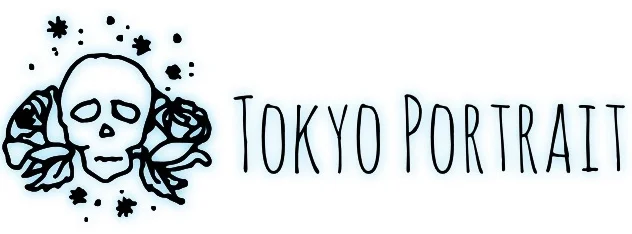I wouldn’t normally review a book until I’ve finished it. However, I’ve completed two of the three distinct parts (the pen tool tutorial and the first composite tutorial called Floating Books), and as I’m going to be really busy in the upcoming weeks, I’m doing my review now. I know in a month or so this would slip away onto the far distant back-burner.
What is it? A video tutorial from Phlearn (http://phlearn.com) called The Beginners Guide To Compositing (http://phlearn.com/product/beginners-guide-compositing). This is only available by download and it is only for Photoshop. I can’t find the info now, but I think it is for CC versions, and maybe CS6. If you have doubts here, you should contact the Phlearn folks. Also, it is only available in English.
What does it contain?
- support documentation (one video and two PDFs)
- a pen tool video tutorial
- an introduction to compositing video tutorial
- a 3D lighting video
- two compositing video tutorial sets (one for each of two images, the first called Floating Books and the second, Going Home) - it’s important to note too, that the tutorial for each image actually consists of several individual videos
- source image files for the two compositing tutorials
- a brush to add to Photoshop
How long is it? In total, around 4 hours and 30 minutes of instruction. But, if you are following along properly, doing the same things on your images, pausing and taking notes and the like, and really treating it as a learning experience, it amounts to several days worth of instruction and practise (well, it has for me anyway).
Who is presenting it? Aaron Nace, the chatty and personable president and co-founder of Phlearn who also happens to be a world class / major league / high end / (insert superlative here) user of Photoshop.
What does it cost? Currently on special at US$34.99. However, if you sign up for the Phlearn newsletter (bottom of the home page, and other places) and download the Sample 5 Pack (http://phlearn.com/product/sample-5-pack) you will revive some discount codes. Apply the best one to geta reduction. Also, signing up for the newsletter will get you a free Pro tutorial.
Who it is for? It is rated as beginner and I feel this is accurate in the sense of beginner compositors, as in, people with little or no compositing experience. However, if you have little or no experience with Photoshop, you will still be fine. You just might have to pause at times and replay things to catch what Aaron is doing.
Value for money? Pretty darn tooting good. I’m not a fan of people / companies wanting hundreds of dollars for video tutorials - no matter how famous in New York they are. I much prefer the high quality, moderately priced, easily accessible products. Zack Arias’ OneLight series comes to mind here (http://dedpxl.com/product/onelight/). I think the Phlearn products fall into this category too, perhaps even more so, considering their length and how much information is packed in.
How good is it? Pretty darn tooting, once again. I went into this knowing very little about compositing - it’snot what I do normally and, after all, that’s why I bought this tutorial. I find myself quite surprised by the amount I have picked up so far, having only done the pen tool tutorial and the frame compositing section (the Floating Books image). In quite a short amount of time I have been able to learn everything I originally wanted to (I went into this looking for a quiet specific and limited knowledge set to aid me in a quite specific way with my portraiture work) and also a whole lot more. Considering I still have the final stage to work through, I find this quite startling.
Any other points people need to know? Yes. The pen tool tutorial is very close to being worth the price alone. If, like me, you have always struggled with this tool, then I highly recommend this tutorial. In a very short time I went from a confused user to being quite capable with the pen tool. Also, both image tutorials contain retouching sections, which was an unexpected surprise. I‘ve only seen and followed along with the info relating to the Floating Books image, but it was very useful and I’m impressed by it’s inclusion here. This is a compositing tutorial and the folks at Phlearn didn’t need to add this information, and the fact that they did shows both how complete and how generous their approach is.
Problems? Not really, but at times I suspect most beginners and some intermediate Photoshop users could get a little lost. It’s not really a problem and so far I’ve done just fine when Aaron uses a tool / technique I’m not familiar with, as I’ve been able to pause and replay to figure it out. Perhaps in the future though, a few more moments could be spent making sure each new tool or technique selected is clearly indicated. Again though, not really a problem. Also, I see that a user on the Phlearn site left a review claiming that there is a useless 45 minute section where Aaron supposedly repeats the same information over and over about getting it as right as possible in camera. That’s simply not true, and that review should be disregarded. He did spend a good amount of time talking about the importance of the initial image captures, but this is definitely not wasted time and hopefully it drives home one of the most important things about compositing.
Recommended? Yes
The image below is my version from the Floating Books composite tutorial. I did not take the photos that make up this image and (presumably) all rights remain with Phlearn. I’m using it here purely for editorial purposes.


















